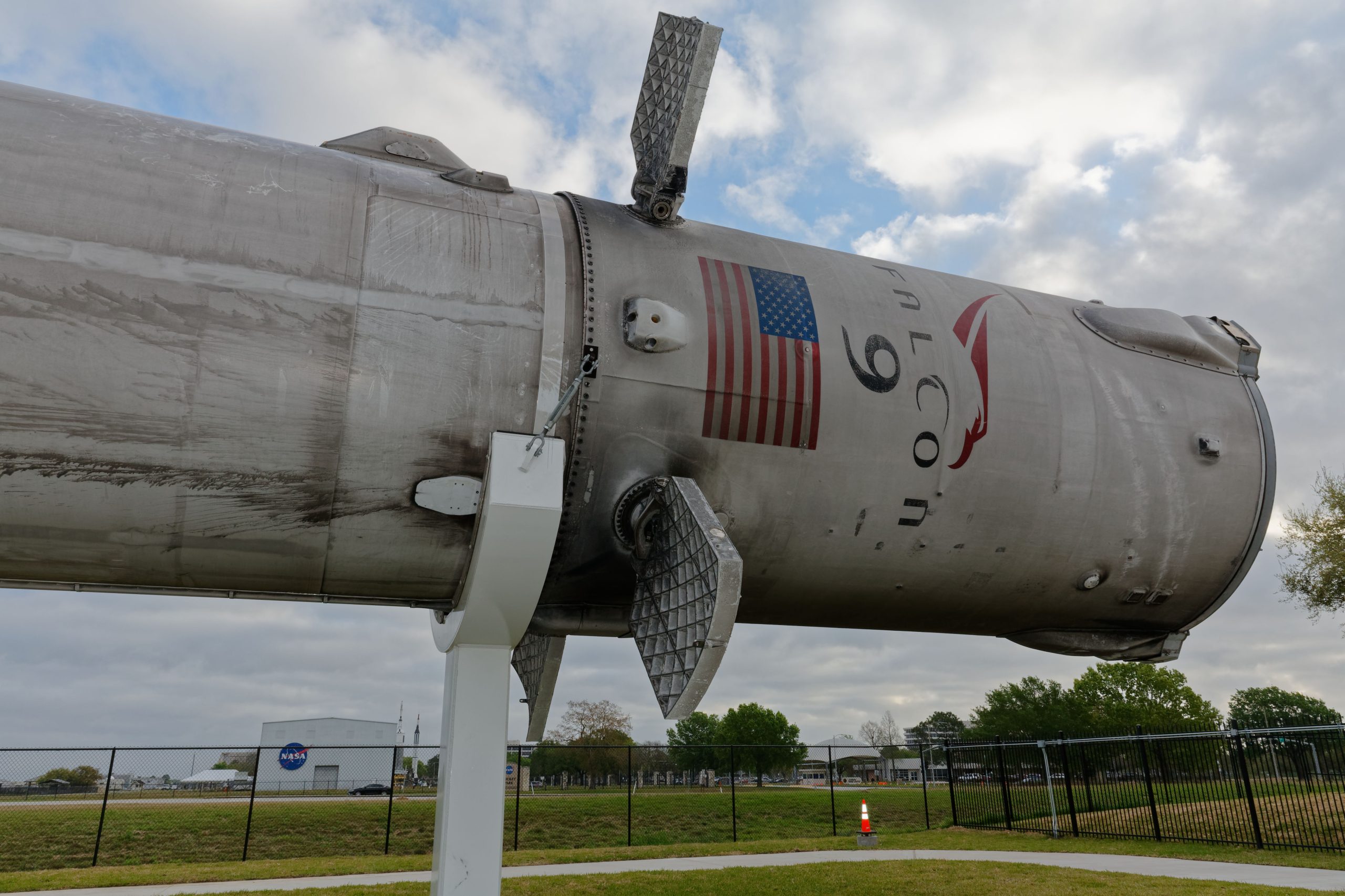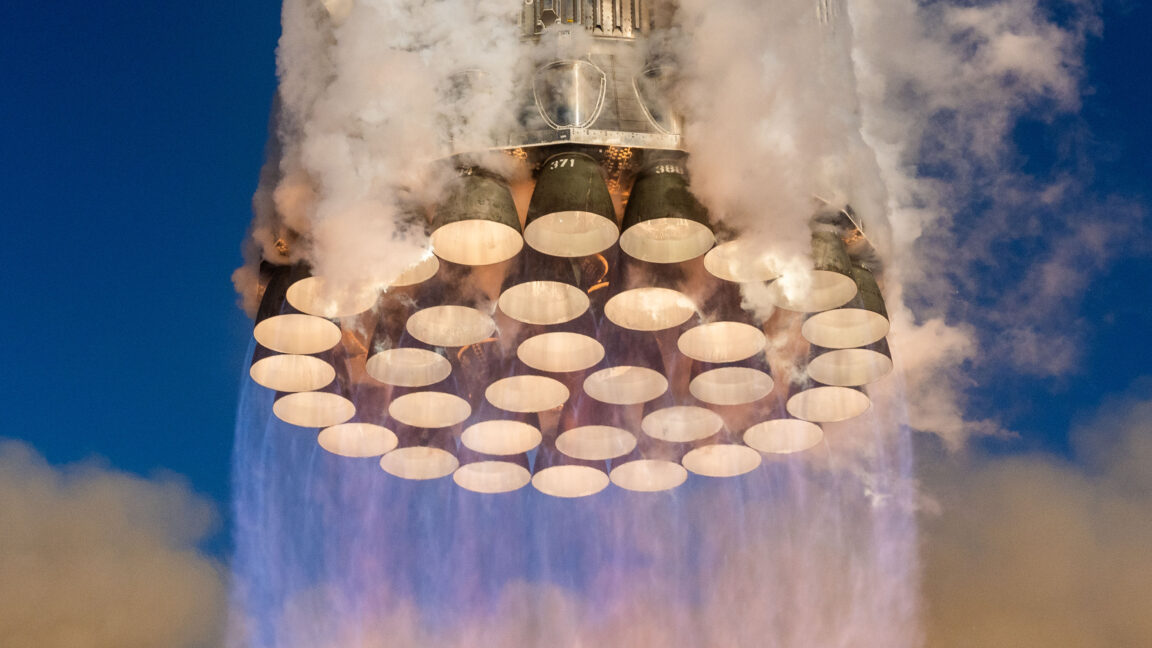SpaceX's Starship rocket did not launch on Friday morning from South Texas as intended because the company had to replace the actuator on a grid fin. The rocket is now being prepared for a launch during a tight window on Saturday morning, from 7 to 7:20 am local time.
Here's an explanation of why grid fins are so important to the rocket's flight—or, more precisely, its landing.
A little Falcon 9 history
The better part of a decade ago, SpaceX maneuvered an autonomous drone ship into the Atlantic Ocean for the first time with the intent of catching a falling rocket.
During the pre-dawn hours of January 10, 2015, a Falcon 9 rocket launched from Cape Canaveral Air Force Station in Florida successfully lofted its fifth cargo mission toward the International Space Station for NASA. Then, for the engineers at the launch company, the fun really began as they watched the first stage reenter Earth's atmosphere.
SpaceX had been attempting to land its rockets vertically in flight since 2013 and over the course of eight missions had gathered data about how best to orient the first stage during its reentry, when to fire its engines to slow the vehicle down, and how to steer it toward a desired location on the ground.
Finally, by flight 14 of the rocket, they felt like they had put it all together. At least to the point where they could credibly make an attempt to land on a barge, recently christened Just Read the Instructions.
One critical change had been the addition of four "grid fins," each measuring about 5 feet long (1.5 meters) and 4 feet wide (1.2 meters). These allowed for much better steering of the vehicle through the atmosphere in place of small thrusters. The grid fins, originally developed by the Soviet Union half a century earlier as control surfaces for intercontinental ballistic missiles, could be rotated up to 20 degrees and worked well on the big rocket.
The Leeroy Jenkins of rockets
As the first stage descended through the atmosphere, the grid fins did their job, right up until the moment that the rocket neared the drone ship. Then the vehicle ran out of the hydraulic fluid essential to powering the movement of the fins. As a result, the rocket struck one edge of Just Read the Instructions and then raced across the drone ship before the fiery conflagration fell into the ocean.
The SpaceX engineers marveled at the video, which was captured by a camera on board the drone ship. (It was later released publicly as part of a compilation of Falcon 9 landing misadventures). Some of the company's employees took to calling the landed rocket "Leeroy Jenkins" because its racing motion resembled the 2005 Internet meme that resulted from viral video game footage in which a World of Warcraft player charged headlong into combat, heedless of anything.
The grid fin problem was corrected by switching from an open-loop hydraulic system to a closed-loop one. This not-insignificant change was made in a couple of weeks, ahead of the next launch of the Falcon 9 rocket on February 11. Later that year, after addressing more challenges, SpaceX would finally land its first Falcon 9 rocket. The company has since landed 230 rockets, which is many multiples of the number of rockets launched by all other US companies in the eight years since.
The point of all that history is that grid fins are essential to SpaceX plans for controlling the flight of its rockets as they descend through Earth's atmosphere, and that concept extends to the titanic Super Heavy booster that comprises the first stage of the company's Starship rocket.
Bigger rocket, electric fins
The fins are larger on Super Heavy, of course. But there's also another difference. The Falcon 9 first stage tucks its grid fins down during launch, minimizing atmospheric drag on the way up through Earth's atmosphere. Super Heavy's grid fins, rather, are fixed in an outward position.
This is likely because SpaceX engineers calculated that the mass penalty for a system to retract and extend the fins was too high and possibly because doing away with such a system reduced the work and time needed to refurbish first stages between launches.
However, the grid fin still needs to be moved in pitch, yaw, and roll to steer the rocket. For Super Heavy, the company adopted an electronic steering system—no hydraulic fluid here—to adjust the fins. This relies on an actuator to transfer this electric power and move the fin.
SpaceX won't be attempting to land Super Heavy back at the Starbase launch site for this mission, but they sure would like to make a controlled descent into the ocean. So the faulty actuator had to be swapped out.


